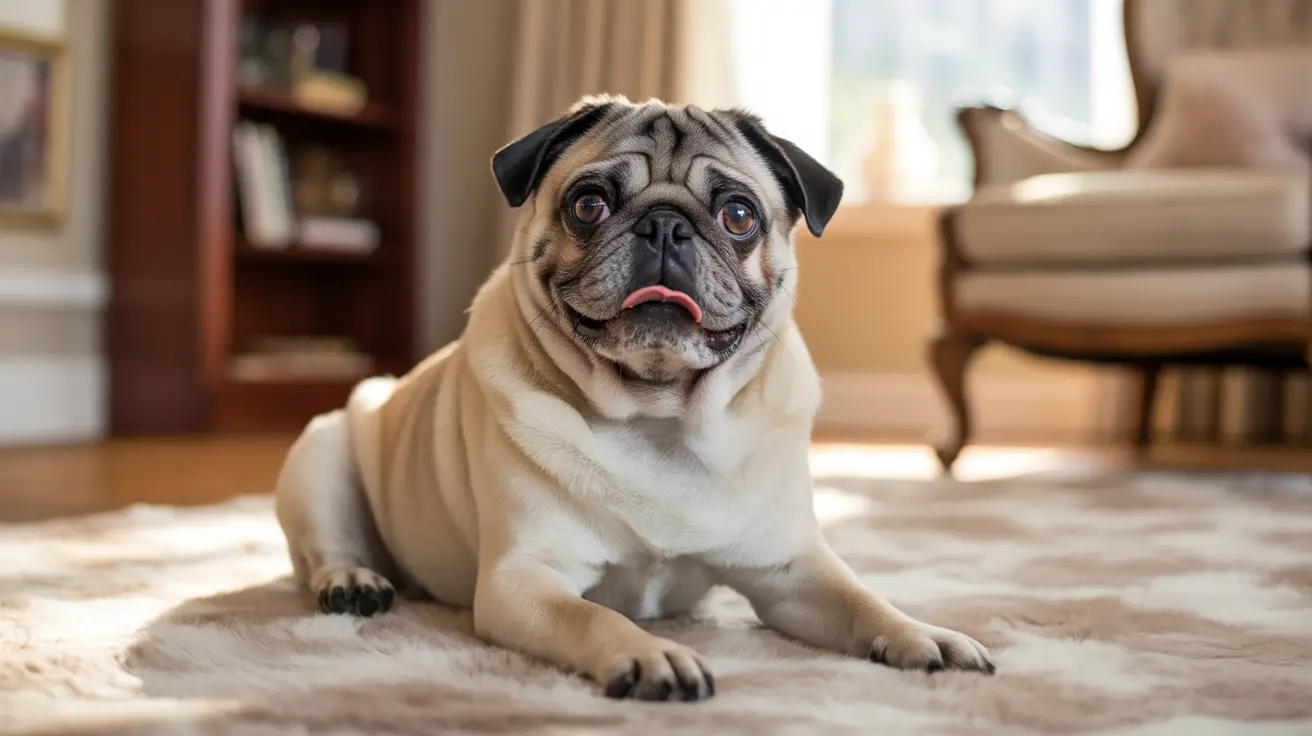Understanding the 10 10 10 Rule for Puppies
Welcoming a new puppy into your home means ensuring they get a balanced mix of exercise, rest, and socialization. The 10 10 10 rule is a popular guideline used by pet owners and trainers to introduce structured routines that promote healthy development, especially in the early weeks and months of a puppy's life.
What is the 10 10 10 Rule?
The rule breaks down a puppy’s daily routine into cycles of:
- 10 minutes of exercise: activities like short walks, supervised playtime, or basic agility work
- 10 minutes of rest: quiet time in a crate or bed to recover and avoid overstimulation
- 10 minutes of socialization: calmly exposing your puppy to new people, friendly dogs, sounds, environments, or toys
This pattern helps ensure puppies are not overwhelmed while gradually learning how to navigate their surroundings safely and confidently.
Why Structured Routines Matter
Puppies are developing both physically and mentally. A structured routine fosters:
- Healthy habits: encouraging regular sleep patterns and feeding times
- Positive behavior: reducing destructive or hyperactive tendencies
- Safe social development: building confidence through controlled exposures to stimuli
Just like toddlers, puppies benefit from predictability. The 10 10 10 rule helps avoid overstimulation and stress, which may lead to behavioral issues or anxiety.
How to Implement the 10 10 10 Rule
Follow these steps to implement this guideline:
- Exercise (10 min): Provide supervised outdoor time, fetch, or guided exploration. Watch for signs of fatigue or overheating.
- Rest (10 min): Use this time for crate training or calming routines. Keep the environment quiet and dimly lit.
- Socialization (10 min): Introduce new sounds, objects, people, or other pets. Reward calm behavior with treats or praise.
Adjust activity lengths based on your puppy’s breed, age, and energy level. Some may benefit from a different balance, especially if they are larger or smaller breeds.
Benefits of Following the 10 10 10 Cycle
- Reduces hyperactivity and promotes self-regulation
- Builds confidence through safe exposure and repetitive learning
- Aids sleep and developmental recovery after stimulation
- Encourages owner-pet bonding through consistent interaction
- Prevents behavioral issues stemming from boredom or anxiety
Using Doggy Daycare to Support Development
Many doggy daycare facilities embrace similar principles. Puppies receive:
- Monitored play sessions in safe, size-appropriate groups
- Scheduled breaks and naptime in quiet, enclosed areas
- Socialization opportunities with other dogs and humans
- Enrichment activities using toys, puzzles, or basic training exercises
These facilities help reinforce the 10 10 10 approach while ensuring your puppy's comfort and safety. Before joining, most daycares require a temperament test and up-to-date vaccinations (like rabies and Bordetella).
How to Know If It's Working
If the 10 10 10 routine is effective, you’ll notice your puppy is:
- Sleeping better at night
- More responsive to commands
- Less nippy or jumpy during the day
- Showing curiosity without fear in new situations
If your puppy becomes overstimulated during any phase, reduce the intensity of that segment or increase rest time. Flexibility is key.
Tips for Maintaining the 10 10 10 Plan
- Use timers to track each segment
- Create a daily log to note what worked or didn’t
- Monitor for signs of overexertion or stress
- Gradually increase each phase’s length as your puppy grows
- Collaborate with trainers or daycare providers on behavior feedback
The 10 10 10 rule is a flexible yet structured strategy to give your puppy the right balance of stimulation and rest. When practiced regularly, it sets the foundation for a healthy, sociable, and confident adult dog.





